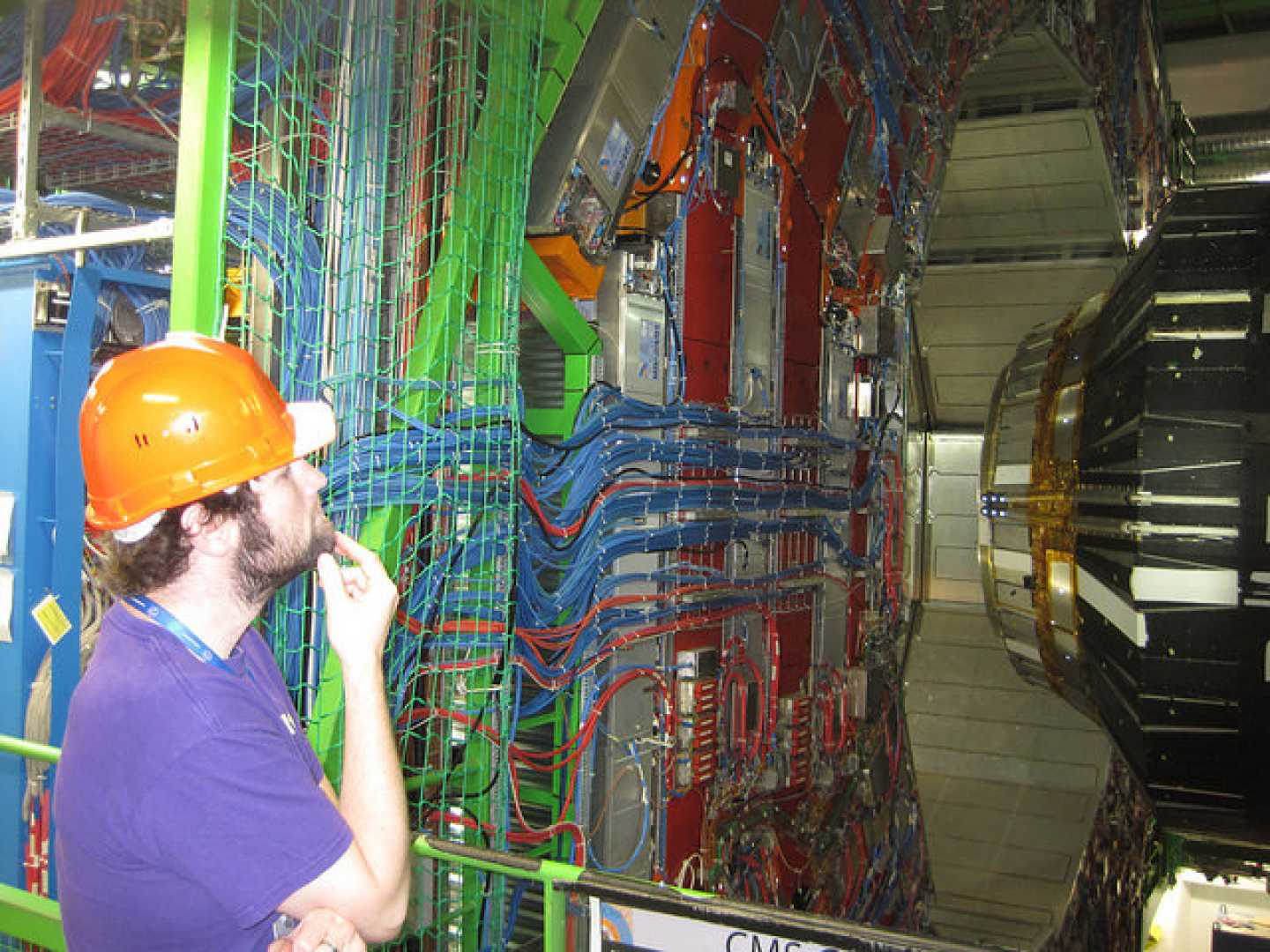News
Oklahoma State University Powers New Developments at CERN’s ATLAS Detector

LAUSANNE, Switzerland — Deep beneath the Swiss-French border, the world’s most powerful particle accelerator is damaging protons together at near-light speed. At the center of these groundbreaking experiments is a collaboration with Oklahoma State University (OSU).
For 20 years, OSU faculty and students have played a pivotal role in the ATLAS experiment at CERN, Europe’s leading particle physics research center. The ATLAS detector is one of the largest of its kind and has played a key role in major discoveries such as the Higgs boson.
As the ATLAS detector undergoes an upgrade, OSU researchers are tasked with developing critical components that will be installed during the next maintenance period. Dr. Evan Van de Wall, an OSU assistant research engineer, emphasized the importance of their work. “Without what we’re doing at OSU, it will not be done,” Van de Wall stated. “The current technology is too irradiated to continue to work. Without OSU’s contribution, the future of high-energy physics doesn’t happen.”
The OSU laboratory involved in this groundbreaking work was established two decades ago by Dr. Flera Rizatdinova. Today, it consists of three professors, five engineers, graduate and undergraduate students, and two postdoctoral fellows. “It’s a melting pot of many disciplines,” said Steven Welch, a senior research engineer leading the lab.
Students involved in the project gain crucial hands-on experience that prepares them for future careers in research and engineering. Dr. Joseph Haley, a physics professor at OSU, noted, “Working on the ATLAS experiment is a transformative experience for our students.” He added that OSU’s research quality matches that of prestigious institutions like Yale and Stanford.
OSU researchers are focused on developing components for the inner tracker of the ATLAS detector. These components, which must withstand high levels of radiation, are critical for ensuring the detector’s success. “If our boards don’t work, the detector doesn’t work,” Van de Wall said.
The importance of precision cannot be overstated. Measurements must be accurate to a few micrometers, and it often takes multiple attempts to create functional components. “It takes three revisions to make something work correctly,” Welch remarked.
Should any errors occur, the consequences could be severe, as accessing these components would require disassembling the massive ATLAS detector for nearly a year. The ATLAS collaboration consists of about 5,000 individuals from around 40 countries.
Rizatdinova expressed great pride in her team, noting their hard work and quick adaptation. “I’m proud of my engineering team and grateful to all engineers involved,” she said.
With its strong reputation, OSU’s lab has attracted equipment from national laboratories for testing. Van de Wall highlighted their advanced technology, saying, “We have the highest-end technology to test and design things.”
As this project continues until 2027, with installations at CERN planned for 2028, the upgraded ATLAS detector aims to provide profound insights into questions about the universe, including dark matter and new particle discoveries.
As Welch aptly put it, the particle accelerator exemplifies “E=mc2 in real life,” transforming energy from fast particles into unprecedented forms of matter. Rizatdinova encapsulated the collaborative essence of their work: “If we aren’t collaborative, we won’t survive.”












